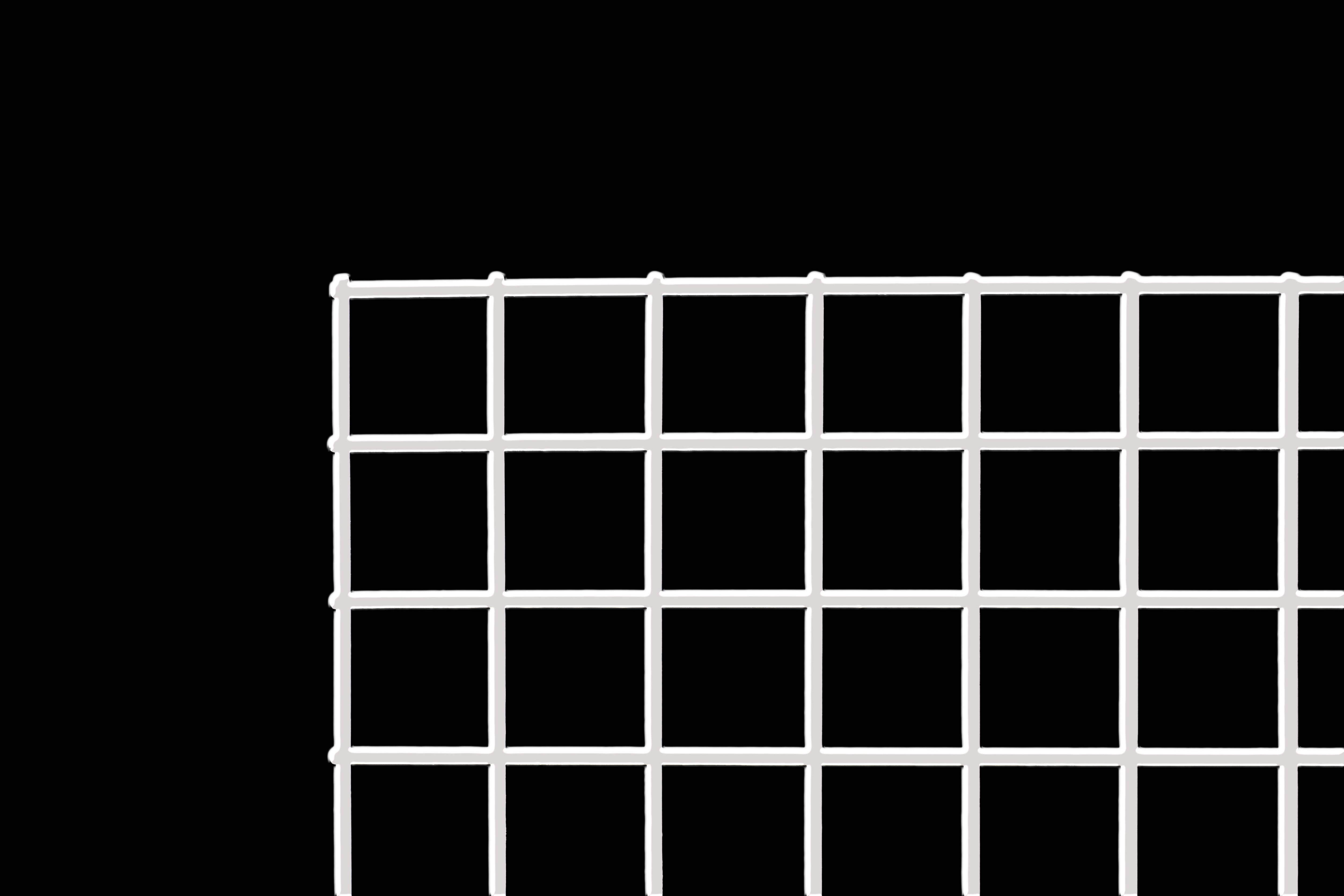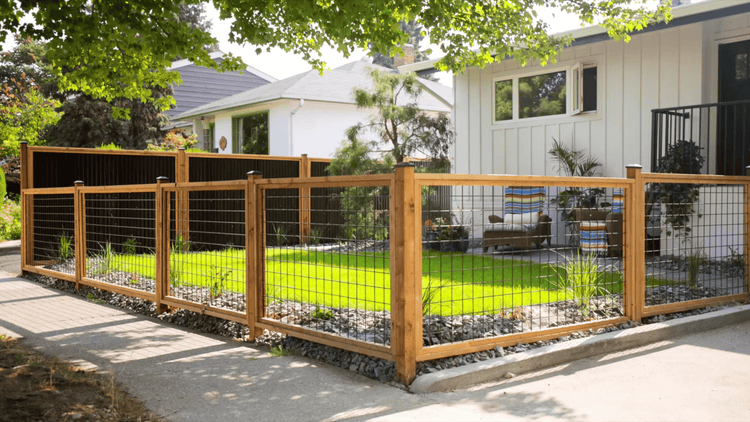Keeping the Slither Out: A Closer Look at Snake Fencing
TL;DR
Snake fencing creates a physical barrier that prevents snakes from entering your property. Using fine mesh, buried edges, and gap-free installation, it protects homes, farms, and businesses in snake-prone regions. Durable materials like galvanized steel, aluminum, and vinyl make it a long-term defense solution worth the investment.
Jump To
- Introduction
- Understanding Snake Fencing Fundamentals
- Types of Snake Fencing Materials
- Installation Requirements and Best Practices
- Snake-Proof Fencing vs. Deterrent Systems
- Maintenance and Longevity
- Cost Analysis and ROI
- Regional Considerations
- Integration with Existing Property Features
- FAQs
- Key Takeaways
Introduction
What is snake fencing, and why has it become essential in regions where serpents share space with humans? Snake fencing is a specialized barrier system designed to stop snakes from entering residential, commercial, and agricultural properties. As development spreads into natural habitats, particularly in states like Arizona, Texas, California, and Florida, the need for reliable snake exclusion has grown quickly. These fences protect people, pets, and livestock while allowing property owners to relax in their yards without worrying about unexpected visitors.
Understanding Snake Fencing Fundamentals
Snake fencing works on one key principle — keeping snakes from finding a way over, through, or under your fence. Unlike traditional fencing, which focuses on privacy or aesthetics, snake barriers are built for precision. Gaps must be smaller than 1/4 inch, as some species can flatten their bodies and squeeze through incredibly tight spaces. Properly designed systems account for both the climbing and burrowing abilities of different snake types.
Most snake fencing includes tightly woven mesh that continues below ground level. The goal: no entry points. Galvanized steel, aluminum, or heavy-duty synthetics are often used to ensure strength, weather resistance, and long-term performance.
Did You Know?
Snakes can pass through openings smaller than a quarter of an inch — that’s roughly the width of two credit cards stacked together. Precision in installation matters more than anything else.
Types of Snake Fencing Materials
The right fencing material depends on your property, local snake species, and budget. Here are the top contenders:
- Galvanized Steel Mesh: The gold standard for durability, corrosion resistance, and lifespan. Its zinc coating keeps rust at bay, making it ideal for most climates.
- Aluminum Mesh: Lightweight and rust-proof, perfect for coastal or humid regions. Powder-coated finishes improve appearance and longevity.
- Hardware Cloth: A versatile welded mesh that can be added to existing fences. The welded intersections prevent snakes from widening openings or pushing through weak points.
Installation Requirements and Best Practices
Installing snake fencing takes careful planning — one missed gap and the whole system is compromised. The process starts with clearing vegetation, grading uneven terrain, and digging a trench 6–12 inches deep. The mesh should be buried or bent outward in an L-shape to block burrowing attempts. Above ground, the fence should stand at least 36 inches tall to discourage climbing.
Gates are often the weakest link. They require tight-fitting thresholds, self-closing latches, and sweep seals to maintain a complete barrier. Corners and fence ends must also be reinforced to prevent sagging or separation over time.
Pro Tip
Make sure your fence installer understands snake behavior — a good construction background isn’t enough. Snake fencing requires precision that standard fencing crews may overlook.
What Is Snake-Proof Fencing vs. Snake Deterrent Systems?
Snake-proof fencing physically blocks snakes from entering a property. These barriers work regardless of temperature, species, or season — they’re a mechanical exclusion system, not a chemical fix. Snake deterrents, however, simply discourage snakes using repellents, sound devices, or habitat modification. While deterrents can help reduce sightings, they can’t guarantee exclusion and may lose effectiveness over time. Many homeowners use both for layered protection.
Maintenance and Longevity Considerations
To stay effective, snake fencing needs regular upkeep. Check for rust, gaps, or shifting soil every few months. Vegetation control is critical — tall grass and branches give snakes a foothold for climbing and hide access points. Maintaining a 12-inch clear zone on both sides of the fence makes inspection easier and reduces the chance of surprise visitors.
Climate plays a role too. Freeze-thaw cycles can shift soil and create gaps. Desert environments bring sand buildup that may form ramps, while coastal regions demand extra corrosion checks. A well-built galvanized system can last 20–30 years with minimal maintenance.
Cost Analysis and Return on Investment
Snake fencing typically costs between $7 and $15 per linear foot for materials, with installation potentially doubling that. While not cheap, it’s far less costly than a snake bite or emergency vet bill. When properly maintained, a high-quality galvanized or aluminum fence can deliver decades of peace of mind — and add long-term value to your property.
Regional Considerations and Species-Specific Design
Different regions demand different designs. The humid Southeast faces copperheads and cottonmouths, while the Southwest must block large rattlesnakes. Coastal properties need corrosion resistance; desert properties need stronger anchors. Knowing your local species helps determine height, material, and reinforcement needs.
Integration with Existing Property Features
Snake fencing can blend into existing landscapes when installed strategically. It can be attached to the base of privacy fences or combined with chain link systems. Landscape features like retaining walls or decorative rock beds must be integrated into the barrier to prevent workarounds. Even driveways can be protected using gates with low ground clearance or removable mesh panels that keep the line of defense intact.
FAQs
How effective is snake fencing against all species?
When installed with 1/4-inch or smaller mesh, snake fencing blocks nearly all North American species. Regular maintenance keeps that protection close to 100%.
Can snakes climb over snake fencing?
Properly designed barriers with smooth or outward-angled tops prevent most snakes from climbing. Keep vegetation trimmed to avoid giving them a lift.
How deep should snake fencing be buried?
Typically 6–12 inches deep, with 8–10 inches optimal for most soil conditions. An outward L-shaped base adds extra security against burrowing snakes.
Does snake fencing require a building permit?
It depends on local regulations. Some areas require permits for all fencing; others exempt short wildlife barriers. Check with your local municipality or let your installer handle it.
What maintenance is required?
Perform quarterly visual checks and annual deep inspections. Watch for shifting soil, rust, or vegetation that could compromise the barrier’s integrity.
Final Thoughts
Snake fencing may not be the most glamorous home improvement, but it’s one of the most practical. By combining quality materials, careful installation, and routine maintenance, you can keep your property safe from unwanted serpents. Whether you’re safeguarding a ranch, vineyard, or suburban yard, BarrierBoss® snake fencing offers strength, precision, and peace of mind that lasts.
Key Takeaways
- Snake fencing blocks snakes physically rather than deterring them chemically.
- 1/4-inch mesh or smaller openings are essential for effective exclusion.
- Proper installation includes buried and sealed edges with no gaps.
- Materials like galvanized steel and aluminum provide decades of protection.
- Regular maintenance keeps the system effective and long-lasting.



